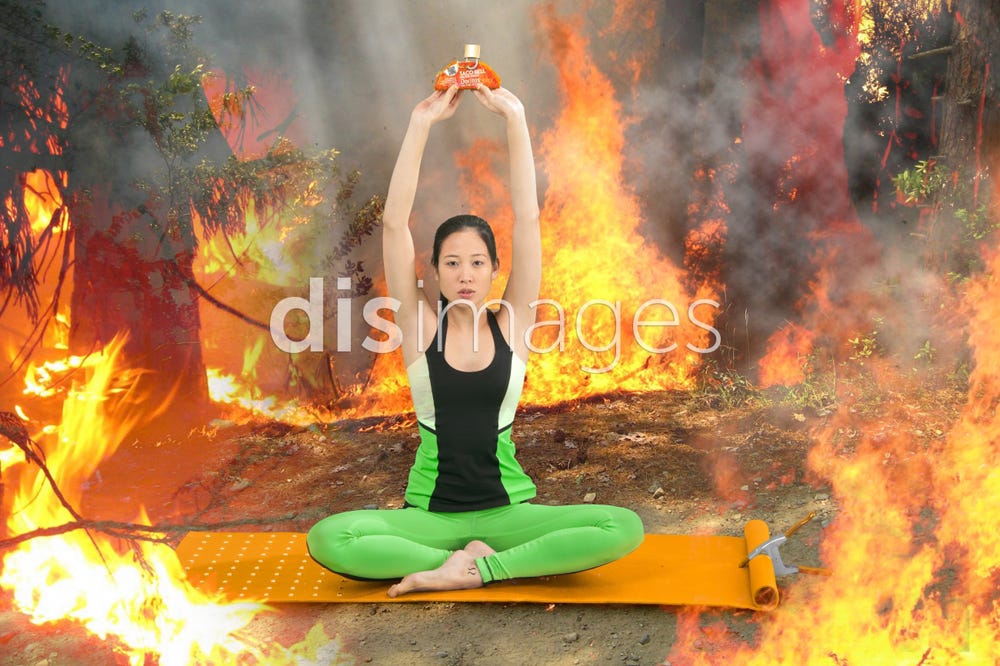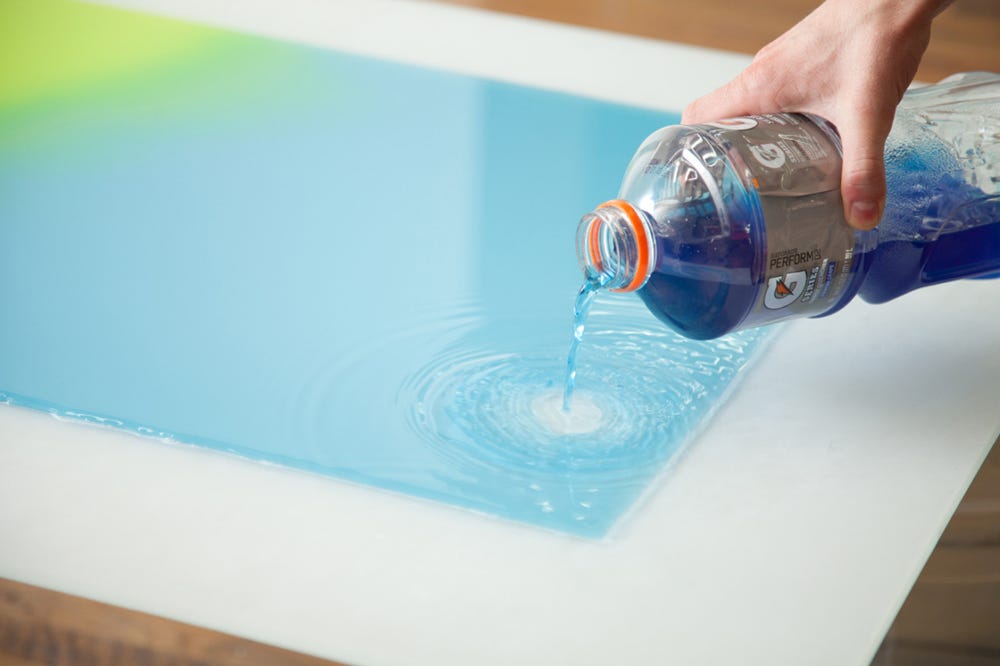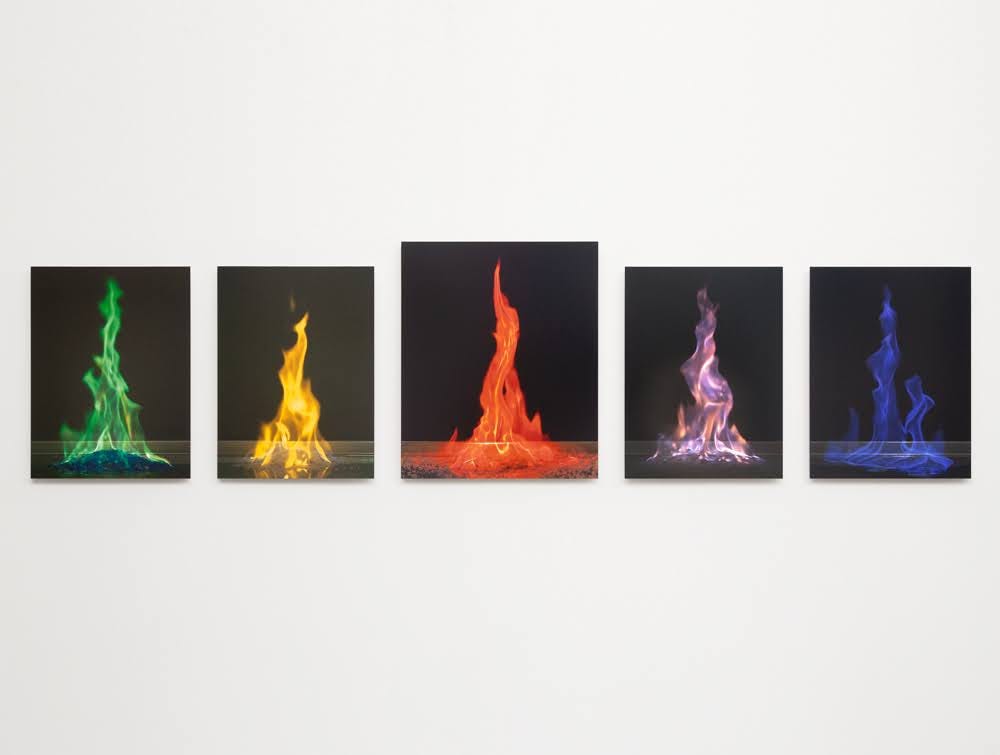I originally gave a version of this talk to the MA Contemporary Art Practice Program at the Royal College of Art in 2021. I’ve adapted some sections of this text for the current year.

Side Quests
I want to start by summarizing a few of the conversations that I've had with my students this past semester and to put this into perspective for myself as well. We often framed the pandemic as an interruption to both education and artistic practice — which seems to imply that there is some type of final context for our work. In many cases, this feeling was due to the lack of a senior show that had to be put online. Additionally, studio resources like power tools and printers became unavailable. Many projects were half finished and had to abruptly change course.
Its been just over 10 years since I graduated from the School of Visual Arts. It's beginning to dawn on me that I am now the age of the artists that I looked up to back then, Kate Steciw, Lucas Blalock, Josh Kline, Dis, Michele Abeles and others. It's hard to not compare myself to what those artists had accomplished. But its also incredible to observe how the artworld has changed within that time. With that in mind, I've been looking back at the past decade and trying to figure out what was most important.
Generally speaking, we can lump our projects into two categories, “the official artwork” and “the stuff we make along the way”. Artistic practice is always filled with interruptions and side quests. Today, I feel rather relaxed about opening an institutional show and instead I’m experiencing a lot of stress about an upcoming podcast with a 16-year-old meme poster. (Not what I might have expected.)
During this personal inventory, I've been revisiting the Jogging Tumblr. Jogging was a collaborative artist project that I joined in 2012. People would submit improvised viral meme sculptures to the blog, mostly made on the fly and shot with an iPhone or composited in Photoshop. These images were then posted to the Tumblr with a title, a date and a material description as if it was a serious piece of art.
At the time, many of us considered this project to be something of a stepping stone to the “real” art career. You would get some visibility through the blog and eventually you'd get a big show. We even had a phrase, “it’s Jogging, not the Olympics.”

A few years later, in 2015, I mounted my second solo show at Higher Pictures in New York. I invested a year's worth of studio time and maxed out my credit card twice to produce the work. It was an extreme risk but the exhibition was a big hit! It got reviews by prestigious critics, achieved commercial success and was warmly received by my peers. Yet almost none of that work, aside from one or two pieces, remains in my portfolio today. What I thought was the real work, turned out to be not so influential in the long run.

The lesson here is that we often don't know what the important work is while we’re making it. Sometimes, it’s a more significant contribution to respond to the conditions that you are in, instead of what you may have imagined as the proper context. The artworks and essays that are on my syllabus today, in the universities where I teach, are largely things that were considered side projects and not the “official” gallery work. Simply put, we don’t know what is important until many years later.
If you’re solipsisticly making paintings in the studio, while shitposting with your friends on Discord, you may look back a decade from now and realize that the real work was actually what you were putting online. No artist begins with a fully realized practice. Ideally, we can hone this ability over time. Eventually the side project and the main project will intertwine. But don’t think about the situation you’re in as an interruption. It might just be the work.
History
Aside from your lifelong development as an artist, there are a few underlying assumptions about Art that are now becoming uncertain. Many of us envision the white cube gallery or museum as the final context for our work. But this idea presupposes a certain type of society and political economy that no longer exists.
Shortly after my show in 2015, the emerging art bubble burst. Dozens of galleries in New York closed for good. In hindsight, this was an anomalous growth period in an industry whose lower end had already been in decline for years. In 2018, there was a survey conducted by Art Basel which showed that the moving average for new galleries was 0.9 (fig 2.21 p84). For every 10 galleries that closed, 9 new ones would open that year. But in 2007, the moving average was 5, meaning that for every 1 gallery that closed, 6 new ones would open up. Art is experiencing a staggering collapse of the middle. While small project spaces still exist, the overwhelming majority of the industry has consolidated at the top. Similar trends can be observed in all sectors of advanced western economies. As a result, the infrastructure to produce and cultivate young artists has proportionately declined. The context in which we presuppose to show our work is becoming much more scarce.
Most of these changes are coming from outside the artworld. Some of them are a result of new technologies that have transformed media distribution. But both spheres seem to have a limited runway. Our 20th century bohemian fantasies have given way to a professionalized industry and a deregulated economy.
Today, we can’t assume that our work will be entered into a certain canon. Or even that the institutions in which we show and discuss art will exist forever. Mainstream media pundits fearmonger about the United States being on the brink of civil war. If the very existence of the state (the meta-institution which upholds all others) cannot be guaranteed, then there is little reason to think our magazines or museums are any more durable. All institutions are historically contingent and you’re living in the space between two different worlds.
What to do about it
Folding these two points together, having a preconceived endpoint for your completed project can often prevent you from fully investing in the things you're making in the present. It can prevent you from responding to the unique time in which you exist. You may look back, say 10 years from now, and realize that your weird side project was the best thing you ever made.
It wasn’t the big solo show, it was that day in the studio with my friends where we put together improvised sculptures and had a lot of fun. That was the great idea. Its still important to do big shows, but you may find that the exhibitions are just a way of formalizing the “unofficial work” that you’ve already been doing on the outside.
You don’t have to produce art for any specific context because we don’t know whats going to happen next. Use the tools around you, even if its not the “right way” to do it. Lean into your squad. Write the history of each other’s work. Make the argument for why what you’re doing is important. Formalize your collaborations (don’t use handshake agreements). Most importantly, be ready to give up on old models that fail.





This is genuinely inspiring in how plain and true the insights are.
It's true as creatives we often have some mythic idea of the pinnacle of our production being to land in a museum, or institutionally validated, when those institutions are also impermanent. Sometimes they are even far more fragile than the conditions we are in and authentically responding to.